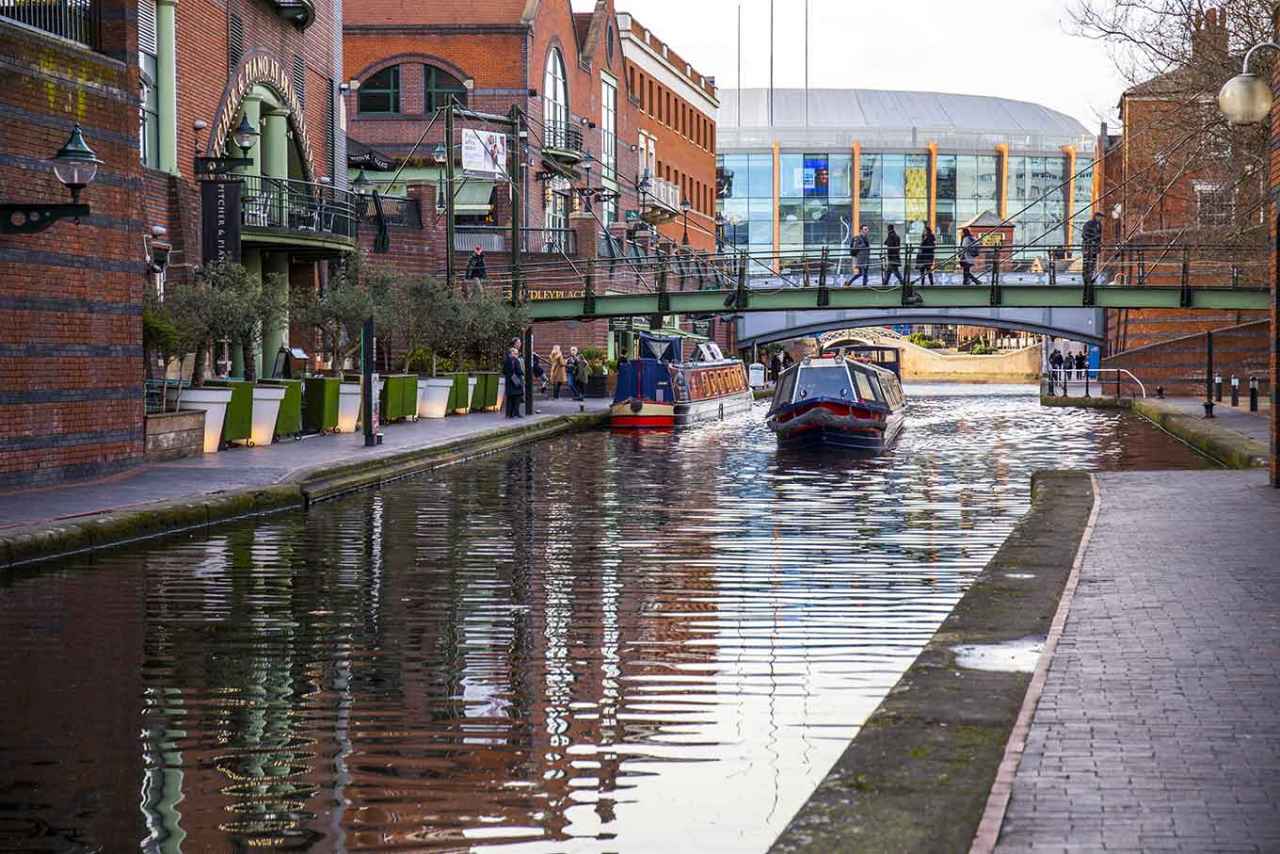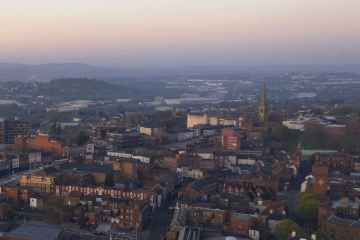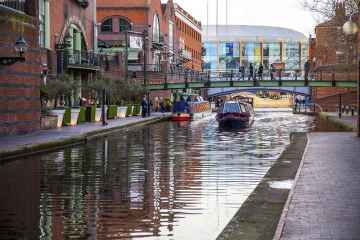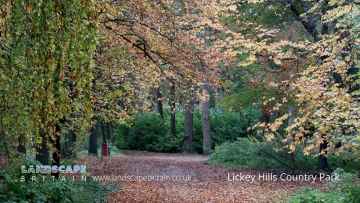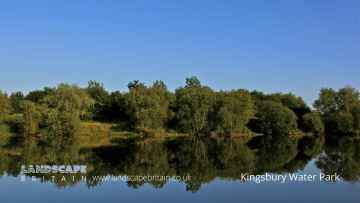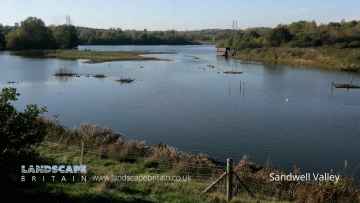Birmingham is a City in the county of West Midlands.
Birmingham is a city located in the West Midlands region of England. It is the second-largest city in the UK, after London, and has a population of over 1.1 million people.
History
Birmingham has a long and fascinating history, with evidence of human habitation dating back to the Bronze Age. In the medieval period, it was a small market town, but it grew rapidly during the Industrial Revolution to become a major centre of manufacturing.
Economy
Birmingham is an important economic hub, with a diverse range of industries including finance, healthcare, and tourism. It is also home to many large companies, such as Jaguar Land Rover, Cadbury, and HSBC.
Culture
Birmingham has a vibrant cultural scene, with many museums, galleries, and theatres. The city is also known for its music, particularly the Birmingham Symphony Orchestra, and for its cuisine, which includes the famous Balti curry.
Landmarks
Birmingham is home to many impressive landmarks, including the Bullring shopping centre, the Library of Birmingham, and the National Exhibition Centre. The city is also known for its canals, which are a popular spot for walks and boat trips.
Sport
Birmingham has a strong sporting tradition, with several professional sports teams based in the city, including Birmingham City FC and Aston Villa FC. It is also home to the Edgbaston cricket ground, which has hosted many high-profile matches.
Transport
Birmingham is well-connected, with excellent road, rail, and air links. The city has two major train stations, Birmingham New Street and Birmingham Snow Hill, and is also home to Birmingham International Airport.
Overall, Birmingham is a diverse and exciting city with a rich history, a thriving economy, and a vibrant cultural scene.
Birmingham postcode: B8 1
There are great places to visit near Birmingham including some great towns, shopping centres, cities, canals, country parks, woodlands, lakes, nature reserves and airports.
Dudley, Sutton Coldfield, and West Bromwich are some of Birmingham best towns to visit near Birmingham.
Merry Hill, and Bullring & Grand Central are great places to visit near Birmingham if you like shopping centres.
The area around Birmingham features a number of interesting cities including Birmingham, and Coventry.
There are a number of canals near to Birmingham including Birmingham to Wolverhampton Canal.
There are a number of country parks near Birmingham including Lickey Hills Country Park, Woodgate Valley Country Park, Sutton Park, Kingsbury Water Park, Sandwell Valley Country Park, and Coombe Country Park.
Lickey Hills Country Park is a great place to visit close to Birmingham if you like woodlands.
Places near Birmingham feature a number of interesting lakes including Kingsbury Water Park.
Don't miss RSPB Sandwell Valley's nature reserves if visiting the area around Birmingham.
Birmingham Airport is a great place to visit close to Birmingham if you like airports.
Birmingham History
There are some historic monuments around Birmingham:
Areas of Birmingham
Like most towns and cities Birmingham is comprised of a number of areas, once separate villages or small towns and parishes now part of Birmingham.
Many of the areas of Birmingham have their own character and places of interest.
Places to see near Birmingham
History of Birmingham
Birmingham as a settlement dates from the Anglo-Saxon era. The city’s name comes from the Old English Beormingaham, meaning the home or settlement of the Beormingas - indicating that Birmingham was established in the 6th or early 7th century as the primary settlement of an Anglian tribal grouping and regio of that name. Despite this early importance, by the time of the Domesday Book of 1086 the manor of Birmingham was one of the poorest and least populated in Warwickshire, valued at only 20 shillings, with the area of the modern city divided between the counties of Warwickshire, Staffordshire and Worcestershire. The development of Birmingham into a significant urban and commercial centre began in 1166, when the Lord of the Manor Peter de Bermingham obtained a charter to hold a market at his castle, and followed this with the creation of a planned market town and seigneurial borough within his demesne or manorial estate, around the site that became the Bull Ring. This established Birmingham as the primary commercial centre for the Birmingham Plateau at a time when the area’s economy was expanding rapidly, with population growth nationally leading to the clearance, cultivation and settlement of previously marginal land. Within a century of the charter Birmingham had grown into a prosperous urban centre of merchants and craftsmen. By 1327 it was the third-largest town in Warwickshire, a position it would retain for the next 200 years. The principal governing institutions of medieval Birmingham - including the Guild of the Holy Cross and the lordship of the de Birmingham family - collapsed between 1536 and 1547, leaving the town with an unusually high degree of social and economic freedom and initiating a period of transition and growth. By 1700 Birmingham’s population had increased fifteenfold and the town was the fifth-largest in England and Wales.






